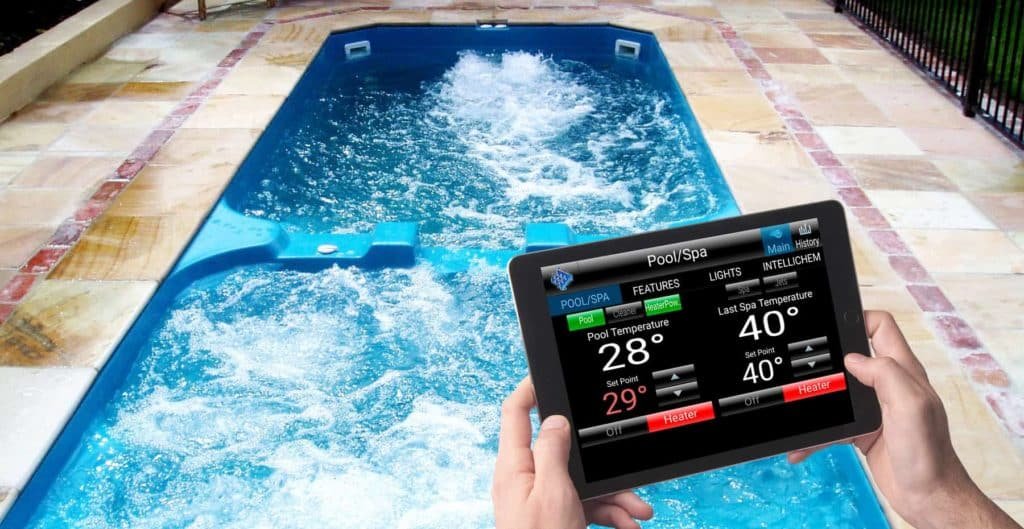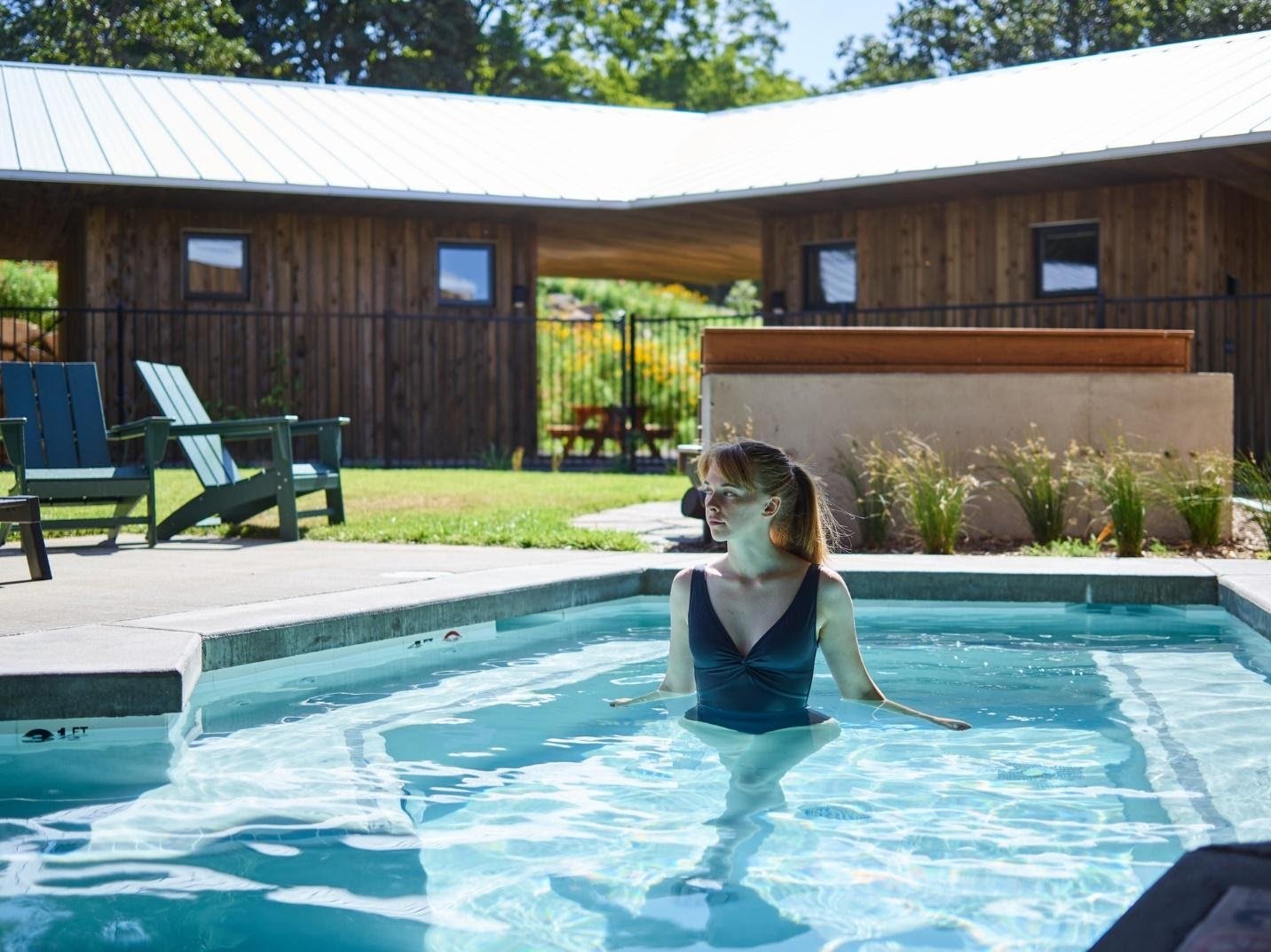Achieving the perfect swimming pool temperature entails striking a delicate balance between comfort and cost-effectiveness. In this guide, we’ll explore strategies to find the ideal temperature that ensures a pleasant swimming experience while minimizing expenses.
Understanding Pool Temperature
Comfort Range
The ideal swimming pool temperature typically ranges from 78°F to 82°F (25°C to 28°C), offering a perfect blend of refreshment and relaxation for most swimmers.
Cost Considerations
Heating a pool can significantly impact energy bills. Therefore, finding the optimal temperature helps maintain comfort without incurring excessive costs.
Factors Influencing Pool Temperature
Climate
Local climate conditions dictate the natural temperature of pool water, influencing the amount of heating required to achieve desired temperatures.
Solar Exposure
Direct sunlight can naturally warm pool water. Leveraging solar exposure can reduce the need for additional heating, thereby cutting down on energy expenses.

Strategies for Optimization
Energy-Efficient Heating Systems
Invest in heat pumps or solar heaters to efficiently maintain pool temperatures. These systems utilize renewable energy sources or solar power, reducing reliance on conventional heating methods and lowering operational costs.
Timely Heating
Schedule heating cycles during off-peak hours to capitalize on lower electricity rates. This approach optimizes energy consumption, ensuring cost-efficient pool heating.
Pool Covers
Utilize pool covers to minimize heat loss and evaporation, preserving warmth and reducing heating requirements. This simple yet effective solution helps maintain optimal temperatures while conserving energy and cutting down on expenses.
Temperature Adjustment
Adjust pool temperatures based on seasonal changes and anticipated usage patterns. Lower temperatures during warmer months and evenings can enhance comfort while reducing heating costs.
Nighttime Temperature Reduction
Lower the pool temperature during nighttime hours when it’s less likely to be used. This practice conserves energy and reduces heating costs without compromising comfort, especially during cooler evenings.
Seasonal Adjustments
Adjust pool temperatures seasonally to align with changing weather conditions and usage patterns. Lower temperatures in the summer and warmer temperatures in the cooler months can optimize comfort while minimizing heating expenses.
Passive Heating Strategies
Incorporate passive heating techniques such as dark-colored pool surfaces, thermal mass materials, and strategic landscaping to naturally absorb and retain heat from the sun. These methods supplement heating systems, reducing energy consumption and operating costs.
Proper Insulation
Ensure proper insulation around the pool and heating equipment to minimize heat loss and maximize energy efficiency. Well-insulated pipes, pool walls, and equipment help retain heat, reducing the need for constant heating and lowering overall expenses.
Regular Maintenance
Schedule routine maintenance for heating systems to ensure optimal performance and efficiency. Clean filters, inspect heating elements, and address any issues promptly to prevent energy waste and maintain cost-effective operation.

Smart Technology Integration
Invest in smart temperature control systems that allow remote monitoring and adjustment of pool temperatures. These systems optimize heating schedules based on usage patterns and weather conditions, maximizing comfort while minimizing energy usage and costs.
Utilize Thermal Mass Structures
Incorporate thermal mass structures, such as rock walls or concrete features, near the pool area. These structures absorb heat during the day and release it gradually at night, helping to maintain warmer temperatures without relying solely on heating systems.
Consider Windbreaks
Install windbreaks or barriers around the pool to reduce heat loss caused by wind. By minimizing heat dissipation, windbreaks help retain warmth in the pool water, allowing for lower heating requirements and reduced energy costs.
Optimize Pool Circulation
Ensure proper circulation of pool water to distribute heat evenly and prevent temperature stratification. Optimizing pool circulation helps maintain consistent temperatures throughout the pool, reducing the need for excessive heating and improving energy efficiency.
Encourage Solar Heating
Maximize solar heating by orienting the pool to receive maximum sunlight exposure and removing any shading obstacles. Additionally, consider installing solar panels or solar water heaters to harness renewable energy for pool heating, further reducing reliance on traditional heating methods and lowering costs.
Implement Time-of-Use Pricing
Take advantage of time-of-use electricity pricing plans offered by utility providers. By heating the pool during off-peak hours when electricity rates are lower, owners can significantly reduce heating costs while still maintaining optimal temperatures for swimming.
Monitor Weather Conditions
Stay informed about weather forecasts and temperature trends to anticipate changes in heating requirements. Adjust pool temperature settings accordingly to optimize comfort and cost efficiency based on prevailing weather conditions.

Educate Pool Users
Educate pool users about energy-saving practices, such as minimizing pool heater usage when not needed and avoiding excessive heating. Encouraging responsible usage habits among swimmers can contribute to overall energy conservation and cost reduction efforts.
Utilize Heat Recovery Systems
Integrate heat recovery systems into the pool’s circulation system to capture waste heat from other sources, such as HVAC systems or equipment, and transfer it to the pool water. This approach maximizes energy efficiency and reduces heating costs by utilizing otherwise wasted heat.
Implement Zoning Controls
Install zoning controls to divide the pool into separate heating zones, allowing for customized temperature settings based on specific usage areas. By heating only the zones in use, owners can optimize energy usage and minimize heating expenses.
Explore Alternative Heating Sources
Consider alternative heating sources such as biomass, heat exchangers, or heat pumps powered by renewable energy sources like geothermal or wind energy. These eco-friendly options offer sustainable heating solutions that reduce reliance on conventional energy sources and lower operating costs in the long run.
Shade Structures
Install shade structures such as pergolas or umbrellas around the pool area to reduce direct sunlight exposure during peak daylight hours. By providing shade, these structures help maintain cooler water temperatures, reducing the need for extensive cooling and minimizing energy consumption.
Evaporation Control
Implement evaporation control measures such as liquid pool covers or surface films to reduce water evaporation and heat loss. By minimizing evaporation, these solutions help preserve heat in the pool water, optimizing energy efficiency and reducing heating costs.
Pool Design Optimization
Optimize pool design features such as depth, shape, and orientation to maximize solar heating and minimize heat loss. Strategic design considerations can enhance natural heating processes, reducing the reliance on mechanical heating systems and lowering operating expenses.
Educate on Energy-Saving Practices
Provide education and resources on energy-saving practices to pool owners and users, emphasizing the importance of energy conservation and responsible usage. By promoting awareness and adopting energy-efficient behaviors, individuals can collectively contribute to reduced energy consumption and lower costs.
Finding the ideal swimming pool temperature involves careful consideration of comfort preferences and cost-efficiency measures. By implementing the strategies outlined in this guide, pool owners can strike a perfect balance between comfort and cost, ensuring an enjoyable swimming experience without breaking the bank.

